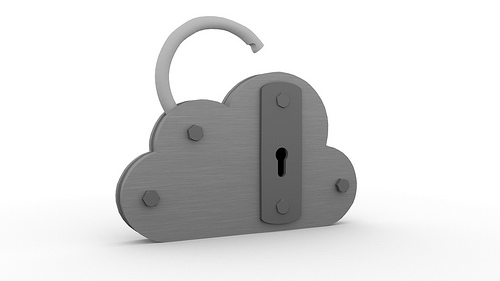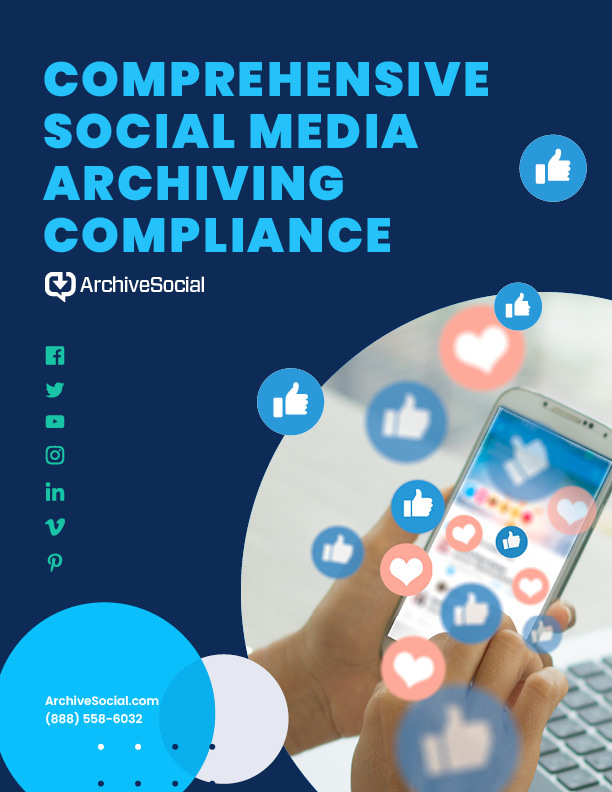
Patricia L Franks is an associate professor in the School of Library and Information Science (SLIS) at San Jose State University in California, where she serves as the Master of Archives and Records Administration (MARA) Program Coordinator and the SLIS Internship Program Coordinator. Dr. Franks supervises virtual interns and teaches courses related to information organizations and management, archival studies, and records management. Her professional activities include working with ARMA International, most recently as Consensus Group Leader for both ANSI/ARMA 1-2011 Implications of Web-Based, Collaborative Technologies in Records Management, and ARMA TR 21-2012 Using Social Media in Organizations.
__________________________________________________________________________________
Then: records management with secretaries and carbon copies
When I first started, managers either dictated letters or wrote messages with pen and paper that had to be turned into an official document. The ‘secretary’ used typewriters with carbon packs to make copies on onionskin (very thin) paper. Those carbon packs resulted in the original document to be sent to the recipient via the postal service, potentially one or more copies sent via interoffice mail to others who needed to know, and one copy placed in a file cabinet in the office of origin.
The document remained in the file cabinet as the “official record” until it was no longer needed, or more likely, there was no room in the file cabinet for additional documents and the cost of another file cabinet could not be justified. At that point, the older files were moved to records boxes and sent to a records center.
If a file was needed from the records center, a request had to be made to have the records center staff retrieve the file and send it back to the office of origin. Since those copies faded quickly, the content of the copy was difficult to decipher. If the records center was off site, a delay of two more days was not unreasonable.
Now: records management in the digital era
Now, most records are created and managed electronically. Secretaries are no longer needed, since employees create their own records using a variety of technologies that include not only desktop computers, but also tablets and smartphones.
Electronic content management systems are employed to manage and provide access to information. Electronic records management systems are used to ensure records are retained according to approved records retention and disposition schedules. Organizations may not have control of their records if they are created using public social media or are stored in the clouds under the control of a third-party provider.
The challenges social media presents to records management professionals and how they can be overcome
Enterprise social media technologies allow the organization to control the content posted to those sites. While useful for internal communication and collaboration, most organizations understand the importance of using public social media to reach their external target audience.
Records created or stored within social media can pose risk to the organization, since the records are under the control of a third party. The organization must understand the terms of service agreement provided by each social media provider to determine if the conditions meet the organization’s needs.
Risks should be identified by asking questions such as, “Will the content be stored on servers in the same jurisdiction as the organization or in another state or country?” “How can the content be retrieved if the social media provider ceases to operate?” “How can records be captured into an enterprise content management or records management system so retention requirements can be applied?”
The answers to questions like these will help the organization decide if they should implement a social media initiative using a particular social media solution.
Want more information on public records in the 21st century? Learn about modern government public records laws!



